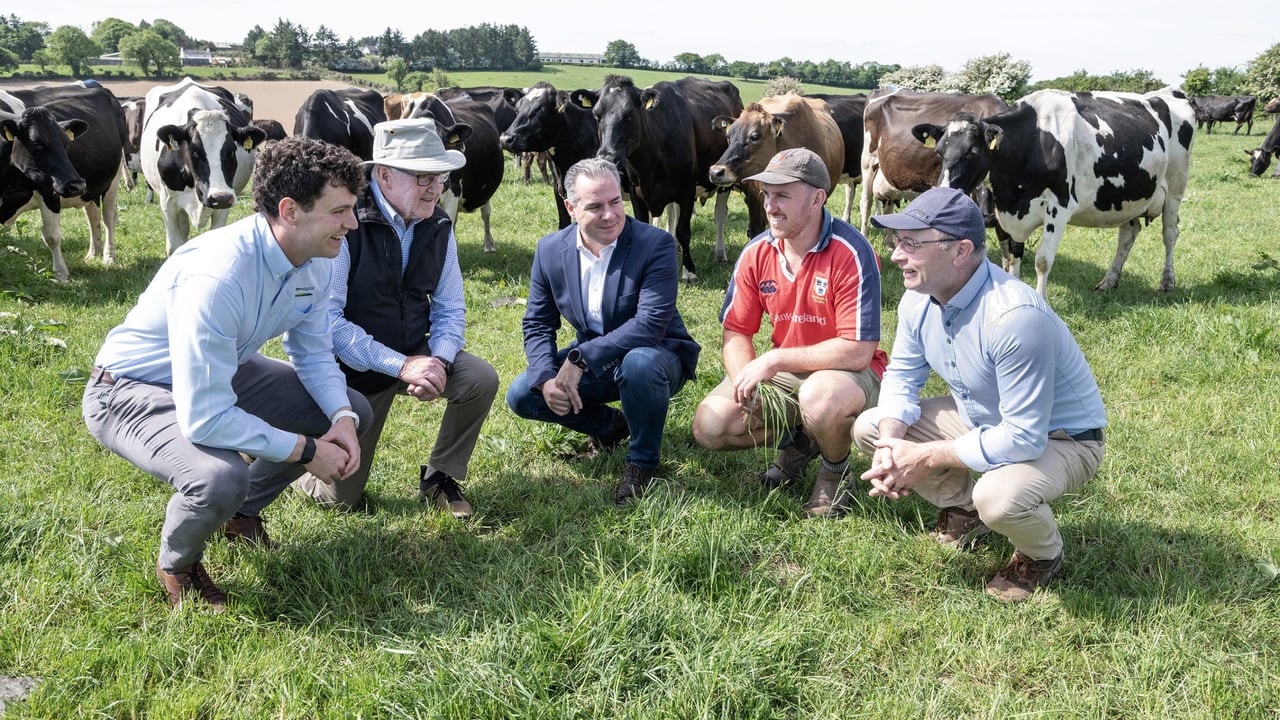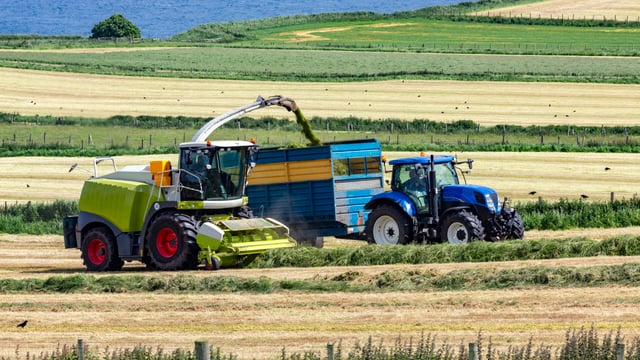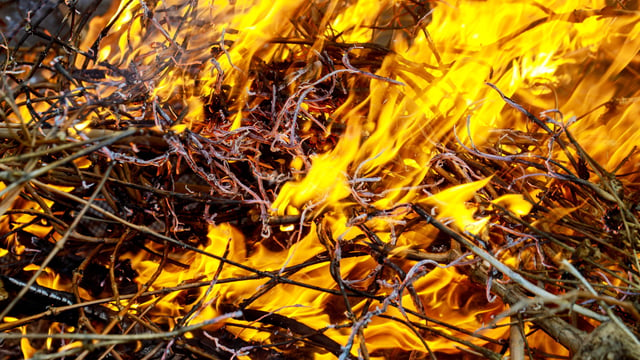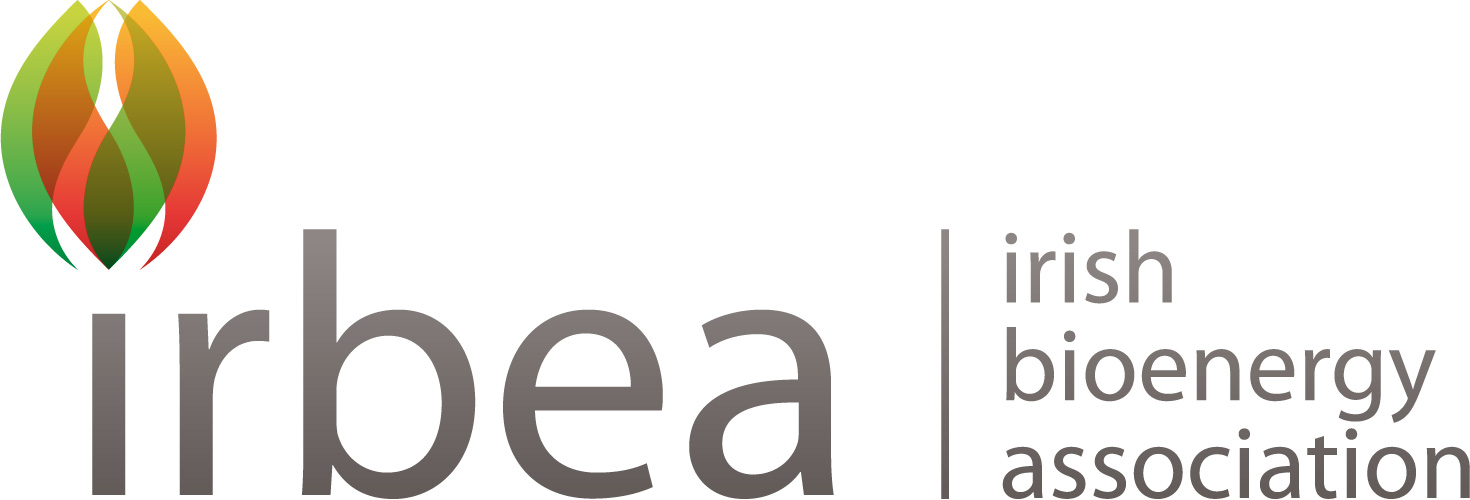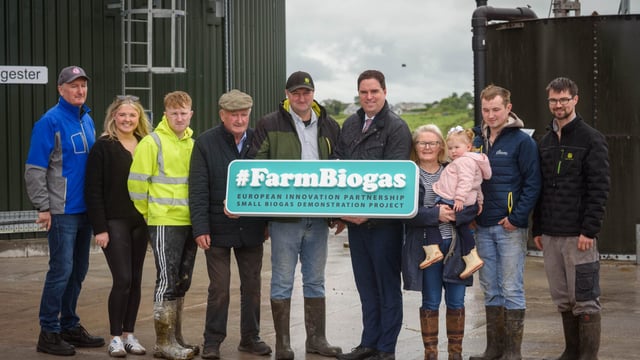Watch: Share farming in practice on Gurteen Farm in Cork
As generational renewal comes increasingly under the spotlight, share farming and other succession pathways were the focus of a recent event held in Co. Cork.
The open day hosted by Teagasc, in collaboration with Shinagh Estates and Carbery, took place at Gurteen Dairy Farm, just outside Bandon.
The 37ha farm is owned by Shinagh Estates Limited, which is in turn owned by the four west Cork co-ops of Bandon, Barryroe, Drinagh, and Lisavaird.
The farm was previously run as a heifer-rearing block for Shinagh Estates dairy farm.
In 2015, the farm was converted into a dairy system, in conjunction with Teagasc, with the intention of embarking on a share farming arrangement with a farmer who would provide their own herd of around 100 cows and run the farm for a set term.
Kerry Desmond, who grew up in Bandon, is the now the third share farmer working with Shinagh Estates, following on from John Sexton and Padraig Cunnane.
The share farming agreement on Gurteen farm essentially sees two separate businesses operate from the one holding with two separate sets of accounts.
Under this particular agreement, 60% of the milk cheque goes to Kerry (the share milker) and the remaining 40% to Shinagh Estates (the landowner), after monthly bills are paid.
Kerry keeps all of the stock sales and Shinagh Estates keeps 100% of the Basic Income for Sustainability (BISS) payment.
Under the agreement, which has up a term of up to seven years, Shinagh Estates pays for facilities; soil fertility; reseeding; maintenance; insurance and land rent.
The share farmer pays for the vet; artificial insemination (AI); machinery; replacements and labour.
Costs such as feed, fertiliser, contracting and parlour chemicals are split on a 60:40 basis.
Kerry initially bought 106 in-calf cows in the winter of 2023 from two farms, one in Mayo and the other in Cork, where he used to work.
He used a combination of his own savings and bank finance to fund this purchase.
In selecting stock, Kerry prioritised economic breeding index (EBI), disease history and somatic cell count (SCC). The current EBI of the herd is €229, placing it in the top 10% in the country.
In 2024, total milk solids (MS) sold were 467kg MS/cow at 4.79% fat and 3.88% protein with a milk price of 57c/L. Average SCC in 2024 stood at 128,000.
The milk price was 7c above the co-op average, which delivered an extra €35,000. The milk solids were produced with 705kg of ration per cow.
The farm has a stocking rate of 2.6 livestock units (LU) per hectare.
Kerry carried out 40 grass walks in 2024, 13t of grass was grown with 191kg of nitrogen (N) applied. 60t of lime was spread during the year, which was paid for by Shinagh Estates.
The farm struggled for grass until June. 362 bales were made on the farm with another 238 purchased before Christmas, along with a further 134 bales bought in the first two months of 2025.
As Kerry anticipated a winter fodder shortage, he decided to plant 2.5ha of Redstart which the open day heard worked well given the conditions.
Despite challenges with grass growth and issues with lung worm, 2024 proved to be a very strong financial year for the share farming agreement with a total farm profit of over €171,000.
The first round of grazing this year was completed on April 4. By the end of April, 100 units of N had been spread - 80 units in chemical form and the remaining 20 in organic slurry.
Kerry emphasised the importance of having good mentors to teach and give confidence to young farmers.
Ruth Fennell, a collaborative farming specialist with Teagasc, told the large crowd at the open day that there are different models which may suit individual farms, including share farming, registered farm partnerships, land leasing and contract rearing.
She said that collaborative farming can help to address challenges such as land access issues, labour shortages and rising costs.
Such agreements can benefit new entrants, landowners and those stepping back from farming by offering land access, income and gradual transitions.
However, she stressed that communication and clear agreements are essential to manage risks and protect everyone's interests.
"It's really a matter of asking yourself what do you want out of the arrangement. A certain amount might be income based, it also might be that you want to be very much involved on the farm and you want someone to work alongside you or you may be in the position that you've got to the stage that you want to step away from it completely.
"If we're looking at the partnership [model] it really needs to be somebody that's coming in with you that you feel you're going to be able to work with going forward.
"There has to be a good working relationship, that you work alongside each other and that both opinions are valued within that partnership arrangement," she said.
Fennell noted that the share farming model would generally be more "hands off" compared to the farm partnership option, while land leasing is normally completely hands off.
When considering what collaborative farming options, Fennell said it is important that the farm generating a sufficient income that can be shared, along with maintaining facilities.

